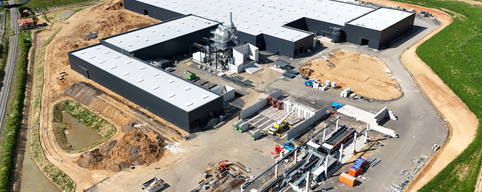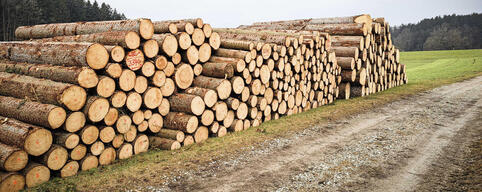

The Finnish government has taken a major decision in principle on the protection of old-growth forests, maintaining the criteria presented in the summer. This decision is part of the government's programme and is essentially linked to the obligations imposed on EU member states in the protection of old-growth and semi-natural forests.
Southern and Central Finland are under special surveillance as a result of the protection decision. The minimum age limit for protected deciduous forests is 100 years and for coniferous forests 140 years. In addition, protected forests must be rich in dead wood, at least 30-50 cubic metres per hectare. These criteria are in line with the proposals of the State Ministry of Agriculture and Forestry, although the Ministry of the Environment has been involved in the preparation process with its own proposals.
Critics argue that the proposed criteria are too strict and may inefficiently exclude potential sites. Experts and nature conservation organisations have raised concerns, particularly in southern Finland, where the number of old-growth forests is already low. The strictness of the criteria can lead to challenges in finding forests for protection.
Nature conservation organisations want more flexibility in the criteria so that more old-growth forests can be protected under these new principles. In particular, they stress the need to protect younger but ecologically important forest sites, which can provide important habitats for many endangered species.
On the other hand, proponents of the state decision stress the need for the criteria. They argue that strict age limits and criteria that ensure biodiversity, such as the amount of dead wood, are essential to preserve the natural integrity of forests and to meet global environmental challenges.
The protection of old-growth forests is important to mitigate climate change, as forests are important carbon sinks. Decisions taken in Finland therefore have a wider significance, and the government programme aims to contribute to sustainable forest management.
The economic and social aspects are also highlighted in this context. The multifunctional nature of forests and the importance of the forest industry for Finland's economy raise the debate on the need to balance conservation decisions. This is linked to socio-economic impacts, particularly in relation to forest management and recreational use of forests.
The future will show how the government's decision in principle to protect old-growth forests will be put into practice as the selection and designation of protected areas continues. The status and trajectory of forest areas in Southern and Central Finland will play an important role in the implementation of this decision and its success at national level.



